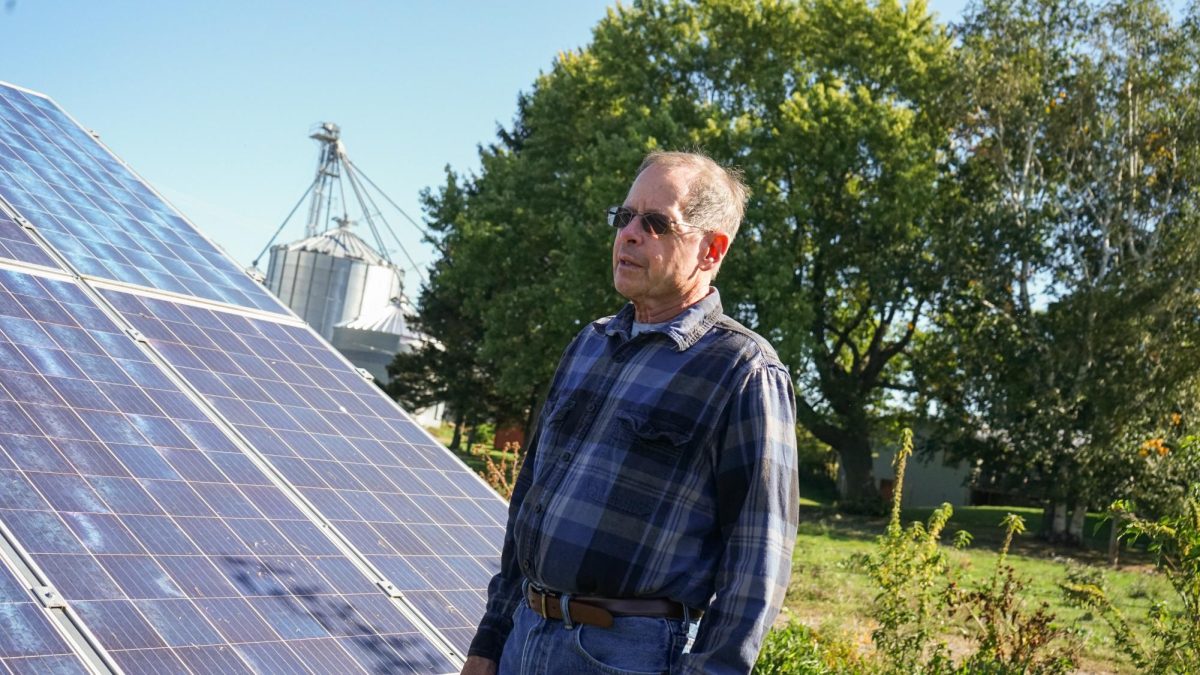When new mother Jennifer McCullen held her baby girl for the first time, she thought she was the most beautiful child she had ever seen, but there was a minor, odd blemish. Her baby’s ears looked like they were collapsing – a condition known as “lidding.” McCullen didn’t want her daughter to feel self-conscious as she grew, and she searched for options for correcting the ear deformity. Luckily, she found Dr. Melissa Doft.
Ear deformities can occur in 20 to 35 percent of all births, according to the LeBeau Clinic. Previously, these problems were corrected with collaged devices or with invasive surgery later in life, but Dr. Melissa Doft of Weill Cornell Medical Center recently published a study in the Journal of Plastic and Reconstructive Surgery on new medical technology that can easily and painlessly correct these infant ear deformities – a small, plastic device called an EarWell. The EarWell cups the baby’s ear and holds it in place, correcting the deformity as the child grows.
“I wasn’t about to perform surgery on a very healthy newborn,” McCullen said after her initial physician suggested that the deformity had to be corrected surgically. “So I began researching other options, and Dr. Doft came highly recommended to me.”
Doft said there was only one paper that existed on the EarWell that claimed a 90 percent success rate, written by Dr. Steve Byrd, inventor of the device. Doft said most of the time, professionals are skeptical when there is only one report on new technology – and she decided that she would lead a study to supplement Byrd’s.
“My hypothesis was what if we try and capture the peak of the estrogen level [when babies are first born] and then we should capture the peak of ear plasticity,” Doft said. “So I teamed up with a newborn nursery and I told them there is this new device, it works really well.”
The ear is extremely pliable in the first few weeks of life, according to plastic surgeon Douglas Hargrave.
“Early on, you can change an ear if an ear is sticking out at a bad angle or if you’ve got a crease in a position that you don’t want or that isn’t natural or symmetrical to the other side,” he said. “It’s comfortable, it doesn’t hurt at all and that will conform the ear to shape.”
Doft reached out to Becon Medical, who produce the device. Bill Lyons, director of Becon, said that Doft was extremely intrigued in the device and led her study extremely independently.
“Dr. Doft came to Becon while she was at New York Presbyterian Hospital and asked if we would work with her to conduct a clinical trial,” Lyons said. “She, for the most part, did everything by herself without our assistance or participation.”
Doft said out of the 200 participants in her study, very few parents were displeased with the results. Lyons added that if the device is applied at the appropriate time, it can have anywhere from 95 to 98 percent success rate in reconstructing the ear. McCullen said participating in Doft’s study was one of the best decisions she made for her daughter.
“I think if more parents had the awareness, the information and the knowledge about an option like this,” she said. “I think that they would really respond to it and want to do it because it’s just so easy.”
This is a breakthrough in medical technology for infant ear deformities, according to EarWell physicians. At this point, a non-surgical, non-invasive and non-painful procedure for something that previously had to be corrected surgically is a massive step forward in the medical world.













